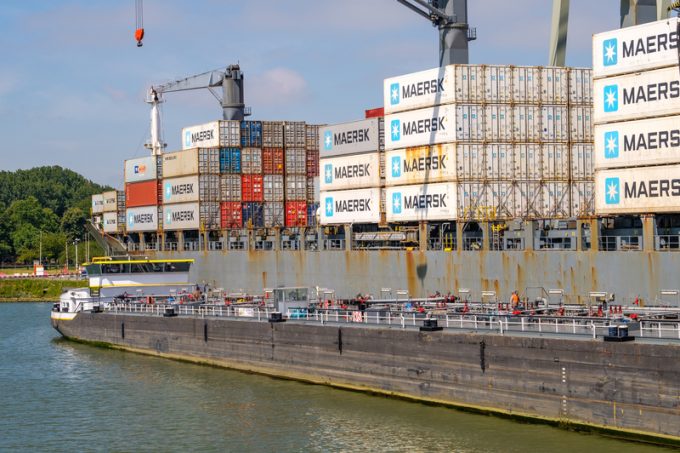Tradelanes: Overcapacity on Asia-S America impacting alliances and rates
Carriers on the Asia-west coast South America trade appear to be on the verge of ...
ZIM: TAKING PROFITXPO: CPI BOOSTMAERSK: WINNERCHRW: TOP 'QUANT' PICKGXO: KEY EXEC OUTAAPL: 'MUSK RISK'EXPD: SELL-SIDE BEAR UPS TARGETUPS: SLIDINGZIM: SURGING ON TAKEOVER TALKEXPD: CASHING INCHRW: INSIDER SALEFWRD: TRADING UPDATE
ZIM: TAKING PROFITXPO: CPI BOOSTMAERSK: WINNERCHRW: TOP 'QUANT' PICKGXO: KEY EXEC OUTAAPL: 'MUSK RISK'EXPD: SELL-SIDE BEAR UPS TARGETUPS: SLIDINGZIM: SURGING ON TAKEOVER TALKEXPD: CASHING INCHRW: INSIDER SALEFWRD: TRADING UPDATE

Freight rate increases seen on the major east-west trades in recent weeks have largely been attributed to the increased cost of fuel following the introduction of the IMO’s new low-sulphur emission regulations. However, this LinkedIn post from liner analyst Lars Jensen argues that the higher rates are more likely to be the result of a pre-Chinese New Year mini-peak. He notes that when fuel prices were last at the same level as low-sulphur fuel oil is today, which was in 2013-2014, freight rates were some $300-600 per teu higher on Asia-Europe and $600-900 per feu on the transpacific. “It is a stark contrast to the last time we saw fuel prices at these levels and does provide another indication that the carriers appear not to be successful in getting through the bunker-induced increases they were looking for yet,” he says.


Comment on this article